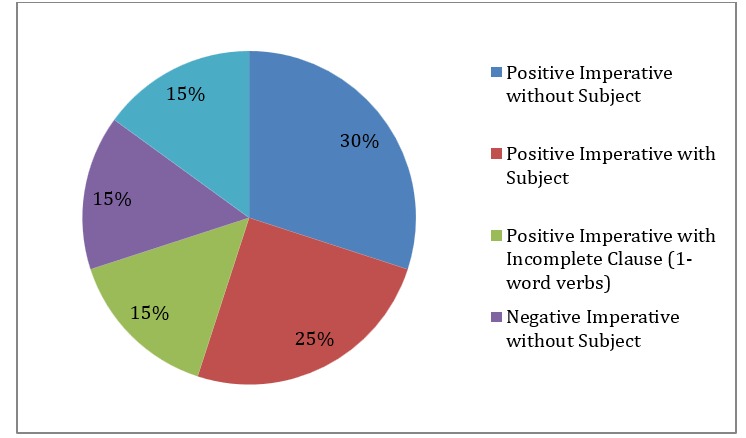The imperative structure and functions in sadri language: a contrastive analysis
Keywords:
Sadri Language, Imperative Sentences, Contrastive Analysis, Language Preservation, Syntax, Morphology.Abstract
This paper explores the imperative sentence structure and its functions in the Sadri language, primarily spoken in West Bengal and surrounding regions. Language functions as an important channel of communication because it includes an imperative aspect that permits commands, requests, and even suggestions to be issued and received. BAsed on contrastive analysis, we divide Sadri imperative sentences into two forms: positive and negative and analyze their syntax and contextual use. The methodology involved capturing information from primary speakers of Sadri in Hantapara village which we did through questionnaires and interviews. The data indicated that there are certain patterns concerning mechanisms of phrases regarded as imperative or those with enabling and subject element using request, invite, advice, suggest, question tagging. This analysis emphasizes the need to understand the structures of command request and other linguistic imposition for cultural value of the speaker of Sadri and also poses information towards linguistics preservation effort regarding cultural identity.

Published
How to Cite
Issue
Section
Copyright (c) 2025 Authors

This work is licensed under a Creative Commons Attribution 4.0 International License.








